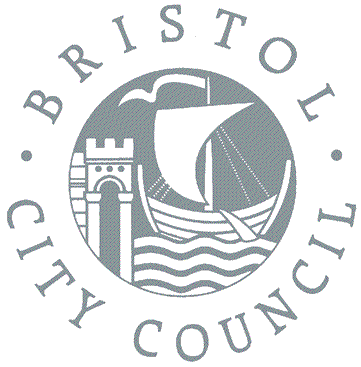Archaeology and the Planning Process
Archaeology is part of the planning process, and work is carried out in response to planning applications in accordance with Planning Policy Guidance Note 16: Archaeology and Planning (PPG16).
How it works
Before an excavation takes place, there are several preliminary stages of work. The first stage is a search of documentary evidence, or desk-based assessment. This uses information from maps, old photographs and documents such as deeds and wills to identify any areas of possible archaeological significance. If necessary, an evaluation follows. This can take different forms depending on the type of site. On rural sites fieldwalking and geophysical survey can help to pinpoint areas of interest. Often a trenching evaluation is required, to look in more detail at a few small areas of the site.

Outline of the Royal Fort from Rocque’s plan of 1742.
An excavation will only take place after all the necessary evaluation has been completed and the results analysed. Sometimes more specialist work is required, such as a building survey if buildings of historic and architectural interest are to be altered or demolished. If there is likely to be very little of archaeological interest, or if the site has already been badly damaged by mode activity, a watching brief will be recommended. Any work that involves ground disturbance, for example digging drains or foundations, will be monitored and recorded by an archaeologist.
PPG16
PPG16 was published in November 1990 by the Department of the Environment. It provided govement support for making archaeology an integral part of the planning process. It now accounts for around 90% of archaeological fieldwork in England.
BaRAS is registered as an organisation with the Chartered Institute for Archaeologists
All material © copyright BaRAS 2004 – 2016




